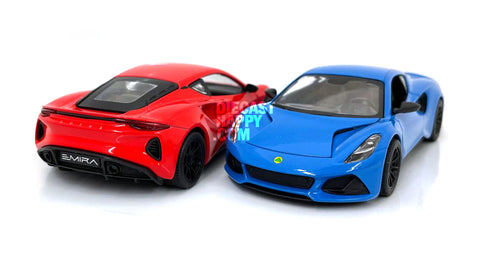Diecast toys, particularly diecast cars, have gained popularity among collectors as potential investment items. While not all toys make good investments, certain factors can contribute to their value appreciation over time. Let's explore the topic further.
Factors Affecting the Value of Diecast Toys
- Scarcity: Limited production runs or special editions of diecast toys can increase their desirability and value.
- Condition: Well-preserved diecast toys in mint condition tend to command higher prices in the collector's market.
- Popularity: Diecast toys associated with popular brands, movies, or iconic characters often have a broader appeal and potential for value appreciation.
- Historical Significance: Diecast toys that represent significant moments in automotive or cultural history may attract collectors and enthusiasts.
Examples of Successful Diecast Toy Investments
- Dinky Toys: Dinky Toys, a renowned diecast toy manufacturer, produced models that have become valuable collectibles. For instance, the Dinky Toys model of the 1930s race car "The Speed of the Wind," driven by George Eyston, holds historical significance and is sought after by collectors.
- Limited Editions: Limited-edition diecast cars, especially those tied to iconic films, books, or historic events, can appreciate in value due to their scarcity and appeal to collectors.
Considerations for Diecast Toy Investments
- Preservation: To maximize the potential return on investment, it is important to preserve diecast toys in their original packaging and maintain their condition.
- Research: Being knowledgeable about the diecast toy market, including trends, popular brands, and historical significance, can help identify potential investment opportunities.
Conclusion
While diecast toys, particularly diecast cars, can be considered as collectible investments, it is important to note that not all toys will appreciate in value. Factors such as scarcity, condition, popularity, and historical significance play a role in determining the potential for value appreciation. Conducting thorough research and preserving the toys in good condition are essential for maximizing investment returns.

